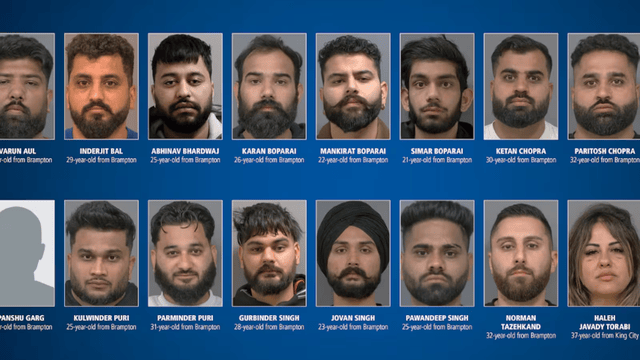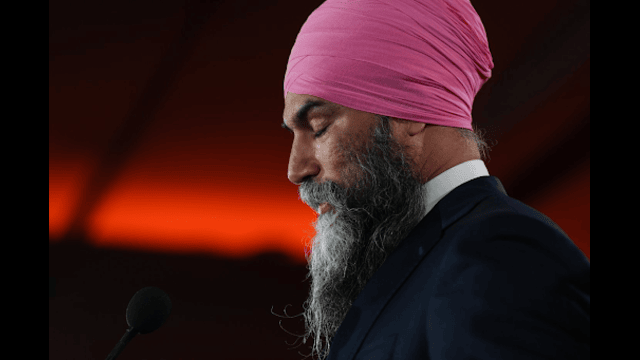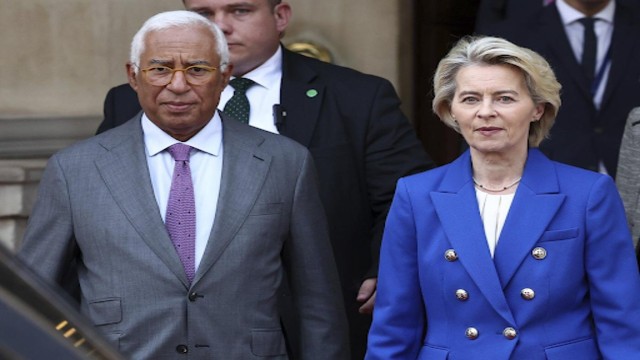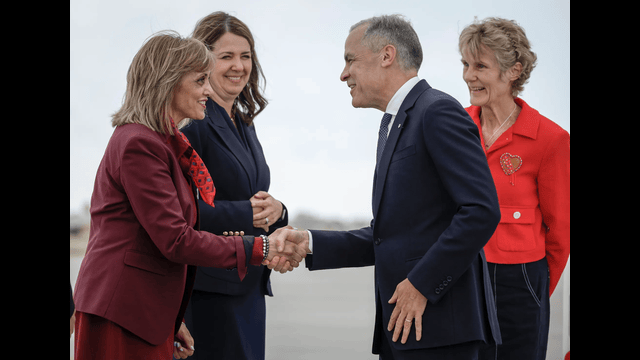
Nearly 50,000 international students in Canada were marked as absent from their classes, with the highest rates of non-compliance coming from students from India, China, and Iran. Image: Firstpost
According to government data, close to 50,000 international students who were granted study permits to study in Canada were listed as “no-shows” at the colleges and universities they were supposed to attend, based on reports from the spring of 2024. This means they failed to comply with the terms of their student visas and did not attend the institutions where they were enrolled.
Figures obtained from the Immigration, Refugees and Citizenship Canada (IRCC) show that the non-compliance rate was 6.9% of the total international student population. The data covers students from 144 countries, and the immigration department requires universities and colleges to report twice a year on the attendance and compliance of international students with their study permits.
The government’s International Student Compliance Regime, introduced in 2014, aims to track compliance, identify fraudulent students, and assist provinces in spotting questionable institutions. It also helps maintain the integrity of Canada’s student visa program. In March and April of 2024, Canadian colleges and universities provided reports on the attendance of international students, revealing a wide range of non-compliance rates among the top 10 countries of origin.
For example, students from the Philippines showed a non-compliance rate of just 2.2%, with 688 students absent. In contrast, students from China had a higher rate of 6.4%, with 4,279 no-shows. The situation was even worse for students from Iran, who had a rate of 11.6% (1,848 no-shows), and Rwanda, where 48.1% of students failed to show up for class, equating to 802 students.
India, a significant contributor to Canada’s international student population, had nearly 20,000 no-shows, representing 5.4% of the total number of Indian students. There have been allegations that some of these students crossed the Canada-U.S. border illegally instead of attending their classes. The RCMP is currently investigating potential links between Canadian colleges and illegal border crossings facilitated by certain entities in India.
Henry Lotin, an expert in immigration, speculated that most of the Indian students who were absent from their studies were likely still in Canada, working with the aim of becoming permanent residents. The idea that many of these students are attempting to settle in Canada instead of following the original intent of their visas has raised concerns. This follows a significant increase in asylum claims from international students in Canada.
In response to rising concerns, Immigration Minister Marc Miller strengthened regulations for international students in November 2024. Colleges and universities failing to submit compliance reports could face sanctions, including being barred from accepting international students for up to a year. The IRCC is actively investigating non-compliant students and reviewing their visa status.
Furthermore, it was pointed out that there is a gap in the data on international students. While Statistics Canada reports over a million valid study permits, the IRCC’s data on student enrollments is much lower, suggesting that a larger number of students may not be accounted for.
Critics, including Tom Kmiec, a Conservative immigration critic, have blamed the government for mismanaging the immigration system. Immigration lawyer David Matas pointed out that foreign agents and consultants might be behind the abuse of study permits, and suggested that limiting services to only Canadian lawyers and consultants could reduce fraud.















